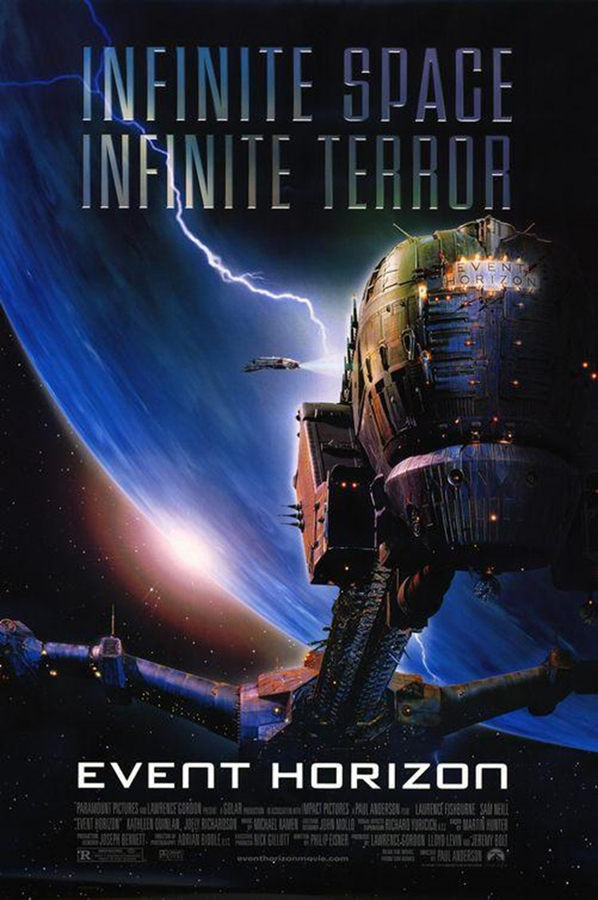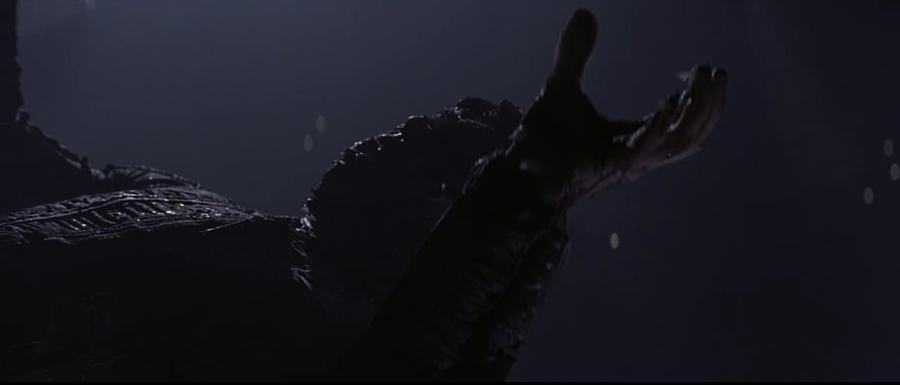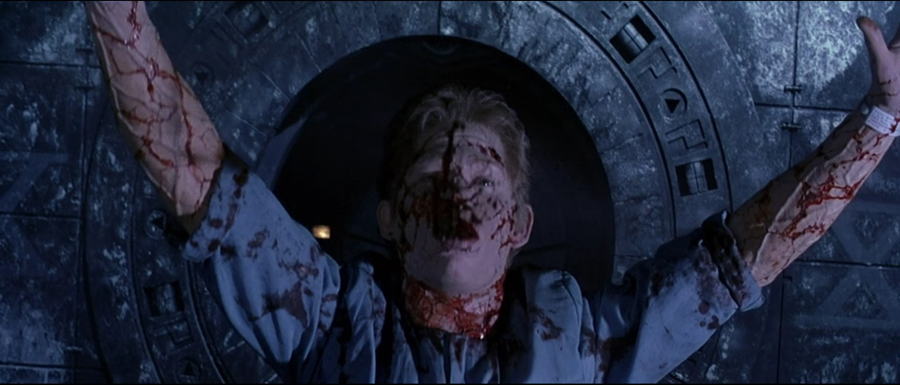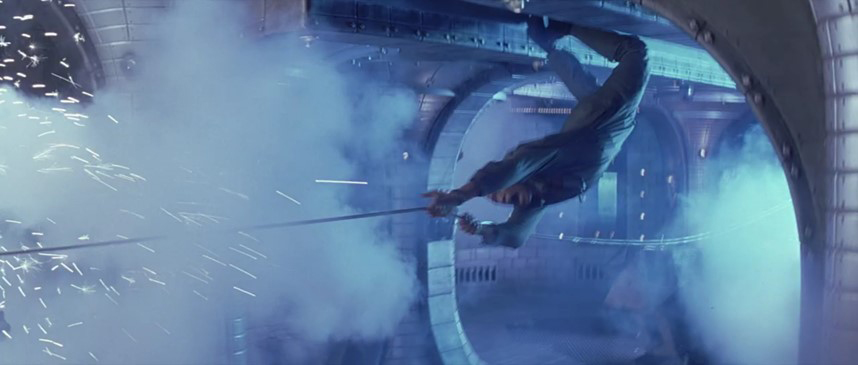Technical details
Original title: Event Horizon.
Country: UK, USA.
Year: 1997.
Director: Paul W.S. Anderson.
Music: Michael Kamen.
Photography: Adrian Biddle.
Film editor: Martin Hunter.
Screenwriter: Philip Eisner.
Cast: Laurence Fishburne, Sam Neill, Kathleen Quinlan, Joely Richardson, Jason Isaacs, Peter Marinker, Jack Noseworthy, Richard T. Jones, Sean Pertwee, Holley Chant, Noah Huntley, Emily Booth, Robert Jezek, Barclay Wright.
Color: Color.
Runtime: 96 minutes.
Genre: Sci-Fi, horror, thriller.
Original language: English, Latin.
Production Company: Paramount Pictures.
Synopsis: In the year 2047, the rescue ship "Lewis and Clark" is sent to investigate the mysterious reappearance in the orbit of Neptune of an experimental spacecraft, the "Event Horizon", disappeared years before with all its crew. In the year 2040, the spaceship "Event Horizon" was launched into space to explore the ends of the universe, but it disappeared without a trace. While the rescue mission tries to find out what the fate of the missing has been, strange events take place on board the spacecraft. (FILMAFFINITY).
Availability: Event Horizon (Blu-Ray). Paramount Pictures; 2009.
Links:
https://www.imdb.com/title/tt0119081/?ref_=vp_back
Original trailer version:
https://www.filmaffinity.com/es/evideos.php?movie_id=622455
https://www.imdb.com/video/vi1179583001?playlistId=tt0119081&ref_=tt_ov_vi
Action: Orbit of Neptune. Future era (2047).
Discussion
The environmental conditions of space are governed by hypobaric patterns such as was the case with mountaineering and aviation1-3. The history of space travel also made it necessary to understand the effects of height and low gas pressures on the human body, together with microgravity, weightlessness and acceleration forces, which posed the greatest challenges for body homeostasis. The decrease in the self-regulatory capacity of the brain has been documented using the technique of bed rest with the head-down position. Many physiological systems are affected during space flight, such as cardiovascular, respiratory, sensorineural, musculoskeletal, endocrine and renal function, along with the risks of hypothermia and frostbite injury, bone demineralization and lithiasis, and exposure to different types of radiation4. A failure in the adjustments of all these variables would compromise the health and performance of the astronauts.
One of the most obvious early symptoms of spaceflight is stagnation (blood stasis) and even reversal of blood flow in the astronauts' upper body. A visible sign is the significant modification of the fluid distribution of the bodies to the head, accompanied by distension of the cranial veins producing transient benign intracranial hypertension, but which can be corrected by techniques of bed rest with the head down position5. It is documented that six-month stays on the International Space Station (ISS) show reversed or stagnant internal jugular vein blood flow in more than half of astronauts, with the inconvenience of developing clots and serious repercussions for long-term space missions in deep space6. Negative pressure in the lower body may be a promising countermeasure to improve venous blood flow in the upper body during spaceflight6. On the other hand, venous return is hampered by muscle atrophy, losing from 20% to 30% of mass and strength during space flights from 2 weeks to 6 months, respectively7. The cerebrospinal venous system (CSVS) is a unique, large-capacity, valveless venous system in which flow is bidirectional. It also has an important role in the regulation of intracranial pressure, which changes according to posture, and according to venous circulation from the brain8. The absence of pumping mechanisms and one-way venous valves in the head, neck, and upper thorax require gravitational assistance to drain the blood. In space, a slight retrograde increase in pressure on the venous sinuses and dural veins obstructs the reabsorption of cerebrospinal fluid and decreases its lymphatic drainage, raising its pressure and causing a cerebral edema with subgaleal hematoma9, 10.
Land motion sickness typically occurs when there is a mismatch between visual perception and vestibular system of motion. Many astronauts report alterations in perception while working in the three-dimensional and weightless environment without recognizing the up and down positions (Photo 1) due to the elimination of gravity-related signals, that is, they stop perceiving information related to coordination of the direction of the head or the body (posture) with respect to the vertical speed (movement) remaining sensitive only to the linear accelerations of the body11, 12; these aspects of space can contribute to "spatial motion sickness". Astronauts must learn to move without using their lower limbs in a three-dimensional environment where friction forces are negligible (Photo 1). Most astronauts experience vestibular acclimatization symptoms during the first 1-2 days after arriving in space4.
A failure in the thermal units of space transport allows the appearance of freezing processes, where rigidity of the body and serious visible injuries in the tissues are appreciated (Photos 2.A and 2.B) due to the formation of ice crystals (intracellular and extracellular). A forensic study of the corpse would offer more results, such as hypertonicity of extracellular fluids, plasma hyperviscosity, protein denaturation, and destruction of cell membranes; processes very similar to those that occur in high altitudes1, 2.
Currently, there is concern about the potential effects that chronic radiation exposure may have on astronauts on neurological disorders, carcinogenesis, ischemic temperature regulation disorders, and infertility13. In this pathway, treatment for therapeutic hypothermia and sleep can be a protective way of regulating environmental radiation damage in living systems14-16. With this in mind, hibernation has been proposed as a useful approach for long-term manned spaceflight. Human metabolic suppression (Photo 3) is a concept known from the scientific literature and cinema for its potential use in future deep space voyages. In an artificially induced state of metabolic suppression, in the form of synthetic torpor or stasis, astronauts would not consume resources and would be a cost-saving measure, that is, it would reduce the weight of supplies and fuel needed for long-distance missions17-19. Evidence suggests that animals, when hibernating, demonstrate relative radioprotection compared to their awake state. On the other hand, it is also known that cells with altered circadian rhythm seem to be more susceptible to radiation damage compared to those that are under rhythmic control20,21. A forced regular circadian rhythm could further limit DNA damage caused by radiation.
The gravitational stasis chambers connected to contactor and scrubber systems featured on the film (Photos 4 and 5) match current interstellar hibernation technology designs, only they would present an even greater protective shield against space radiation. They are already working on prolonged sleep techniques for long manned trips with a decrease in temperature of around 10 ºC and a lower O2 consumption by reducing their metabolism by ≈70%18, 22, 23. As the movie shows, astronauts in stasis do not need to move (Photo 4), so a large space shuttle would not be necessary. Bone mineral density is known to decrease during long-duration space flights24, but the combination of exercise plus an antiresorptive drug (bisphosphonates) may be helpful in protecting bone health25,26. While the risk of fracture in a microgravity environment is believed to be low, the potential risk of fracture increases with re-entry into a gravity environment or earlier high accelerations4,27, being able to cause a force that exceeds the elasticity of the bone, deforming it and fracturing it, even causing it to burst. The use of gravity chambers together with the knowledge of the maximum energy that the parts of the body can safely absorb would allow estimating the possibility of injuries in various circumstances28.
Space transport must be hermetically sealed, containing an artificial climate that prevents suffocation, with a sufficiently high and low concentration of O2 and CO2, respectively (Photo 6). One of the drawbacks of these trips are the explosions of the liquid O2 tanks and the combustion of gaseous O2, which would allow the fire to be distributed everywhere in weightlessness (Photo 7). In the first space missions, an atmosphere of pure O2 at a total internal pressure of 260 mmHg was used in the capsule, with the high probability of fire and explosion that this entails, in addition to being frequent the appearance of lung atelectasis as a consequence of breathing pure O229, 30. Currently, pure O2 was replaced by normal air with four times more nitrogen (N2) than O2, at a total pressure of 760 mmHg (1 atm), to avoid the risk of combustion and explosion31.
In the film, Justin astronaut is rescued from an episode of terror that he lived for seconds, triggering a clinical picture of catatonia, which later, in a state of transitory derangement, will try to commit suicide inside the airlock (decompression chamber) without a space suit, activating the suppressor of the inner damper without the possibility of reopening; decompression could destroy the spaceship (Photos 8-9). This catatonic fact is incompatible with the effects of microgravity on the impairment of cognitive-learning performance and of brain neurotransmitters in astronauts, as a consequence of psychological, hormonal and cardiovascular changes in the space environment32. Catatonia is a nonspecific psychomotor neuropsychiatric syndrome with motor abnormalities, presenting in association with: a) disturbances in consciousness, affect, and thinking (not to be confused with delirium), b) schizophrenia, c) epilepsy, d) strokes, and e) neuroleptic medications, among others33. Its syndromic diagnosis leads to a variety of movement disorders and abnormal behaviors, such as waxy flexibility, stereotypies, mannerisms, psychomotor slowing down and low reactivity to the environment, as well as complex behaviors such as automatic obedience, echolalia, echopraxia, verbigeration, mutism and negativism34.
The activation of the depressurization chamber initiates the reduction of the pressure to which the unprotected catatonic astronaut is subjected, especially influencing the dissolved gases in his organism and, with them, structural modifications in his body that alter the physiology of his organs (Photos 10-14). When the ambient pressure is reduced, Justin begins to manifest the so-called "decompression sickness or decompression syndrome", a disorder in which inert gases (N2) decrease the solubility of gases in solution, dissolved in the blood and tissues, returning to the gaseous state within the bloodstream in the form of gas bubbles. It occurs in a similar process when aviators rose rapidly from sea level to a hypobaric environment, but its appearance can be prevented if the pilot breathes pure oxygen not only during the flight, but also before it, in this way, it is eliminated nitrogen from the circulation2. The gas bubbles released into the bloodstream can clog arterioles (air embolism), causing various ischemic conditions with symptoms that can include a syndrome with the appearance of fatigue, pain in the muscles and joints, with the appearance of small bubbles and inflammation. subcutaneously (Photo 10). Certain regions of the body can suffer transient paralysis and sometimes permanent injuries and even death occur2.
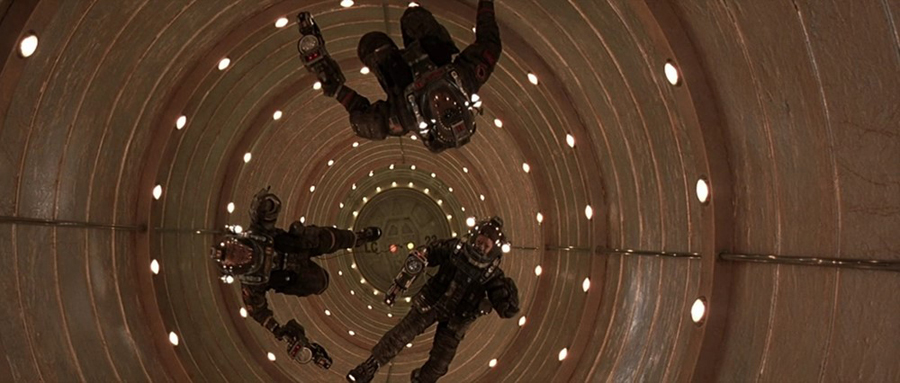
Photo 1. Conditions of "weightlessness" or "zero gravity" represent a stressful environment for humans. The lack of orientation and visual reference causes the so-called "spatial motion sickness".
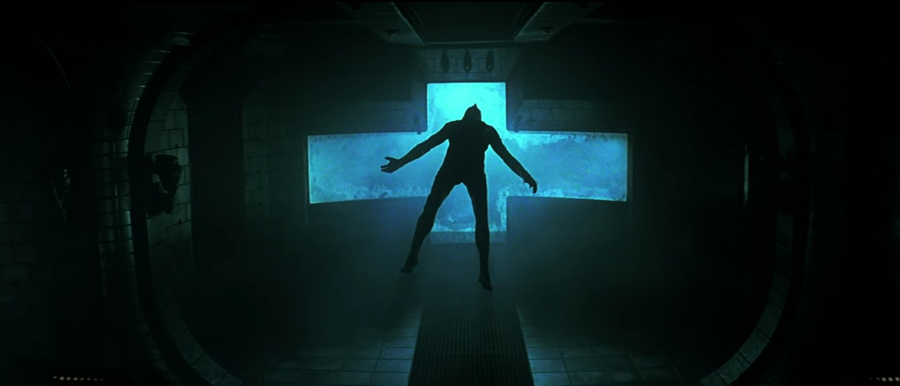
Photo 2.A. The spacecraft, called "Event Horizon", presents a disconnection from the artificial gravity system and the thermal units, manifesting an environment of weightlessness and hypothermia.
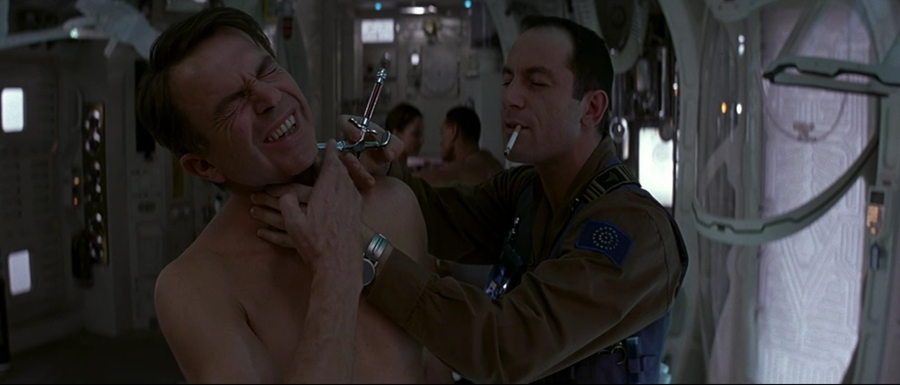
Photo 3. An induced state of metabolic slowdown or suppression for astronauts on deep space missions can provide a biological radioprotective state due to decreased metabolism and hypothermic conditions, a process similar to lethargy that would facilitate passenger stasis (hypersleep or hibernation state) and lighten cargo and supplies in space transportation.
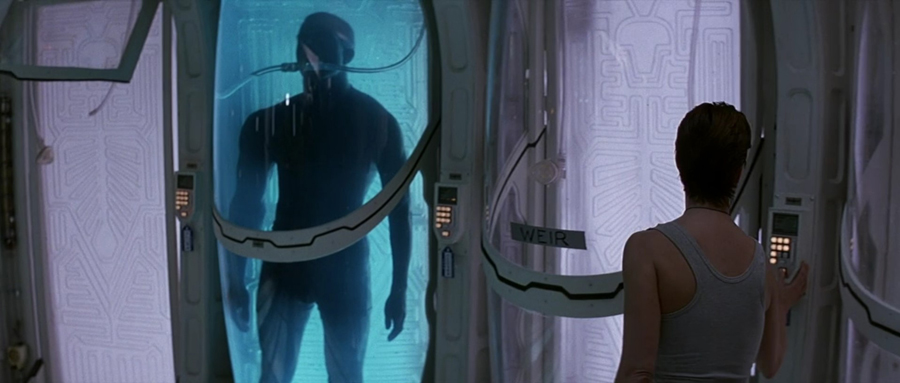
Photo 4. The great accelerations of a space trip would cause a force of gravity so high on large areas of the human body that they could not be supported, so that when the resistance or elasticity of the bone is overcome, bone fractures by bursting and death would appear, defined in the film as "a liquefaction of the skeleton". The film solves this problem with the design of gravitational stasis chambers for long journeys, which would act as shock absorbers or liquid cushions to withstand, in submergence, the different types of accelerations.
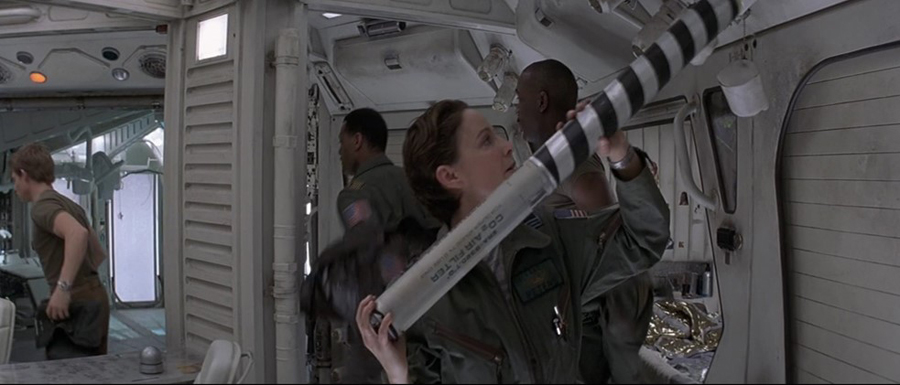
Photo 5. Along with the air and carbon dioxide (CO2) filters typical of the space transportation system, the stasis chambers also have life support and contactors for degassing, which allows the removal of oxygen (O2), CO2 and bubbles.
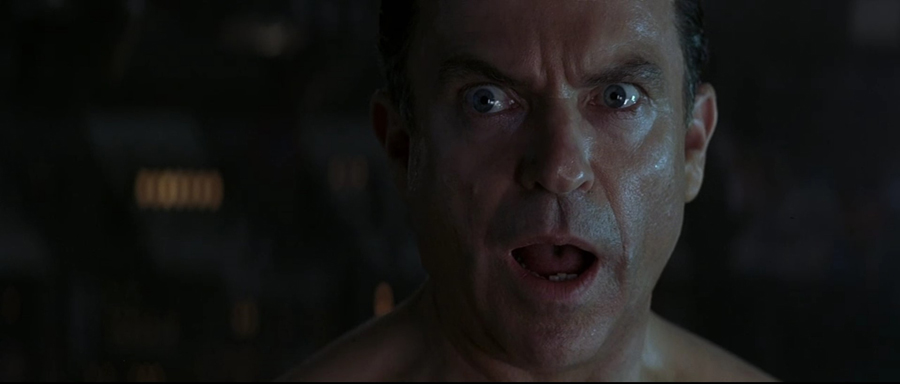
Photo 6. The constant revision of the CO2 scrubbers when leaving stasis avoids high concentrations of CO2 and the appearance of hallucinations, alterations of reality and disorientation after the trip.
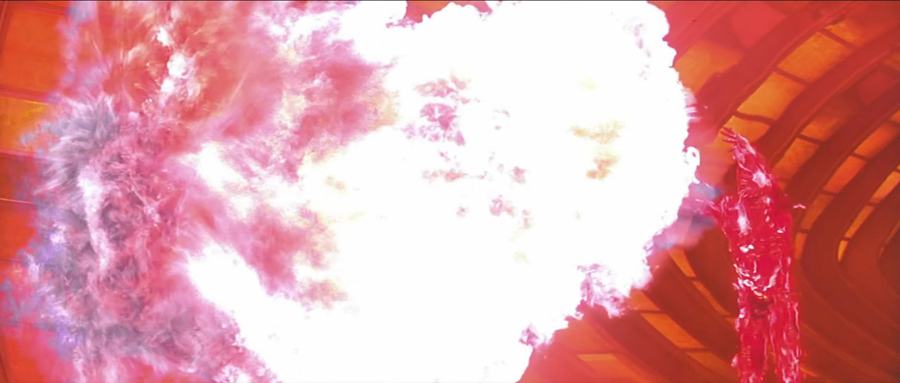
Photo 7. The explosion of O2 tanks in weightlessness allows the advance of the fire in all directions.
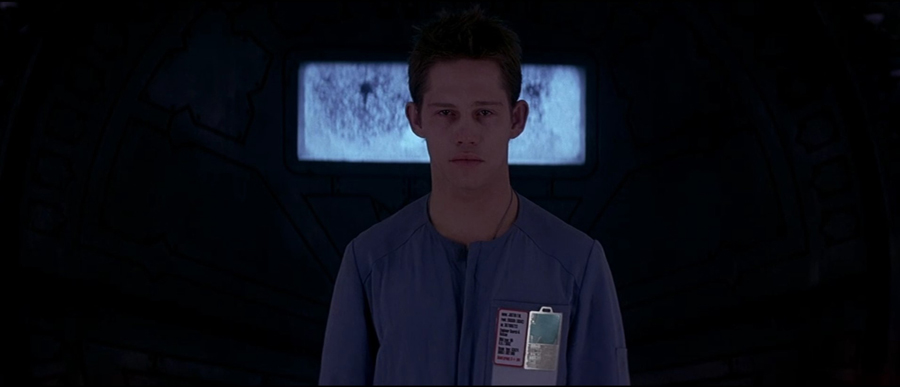
Photo 8. Justin astronaut in a catatonic state locks himself in the decompression lock without a space suit.
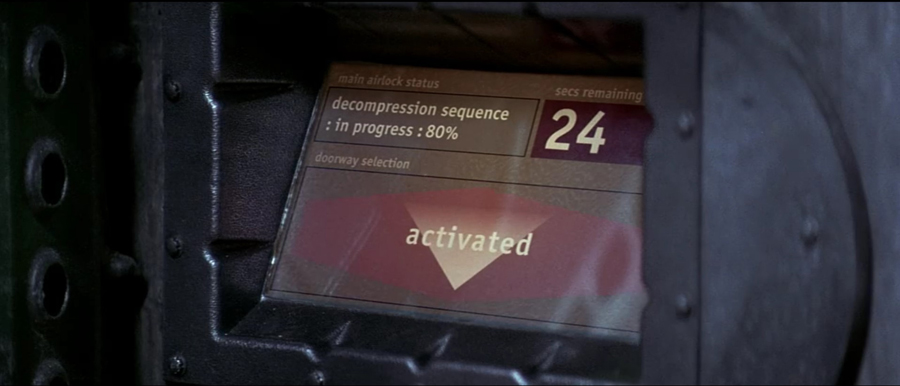
Photo 9. Decompression sequence activated. In the lock, the inner door could not be opened when the outer one has been activated, it would decompress the entire spaceship.
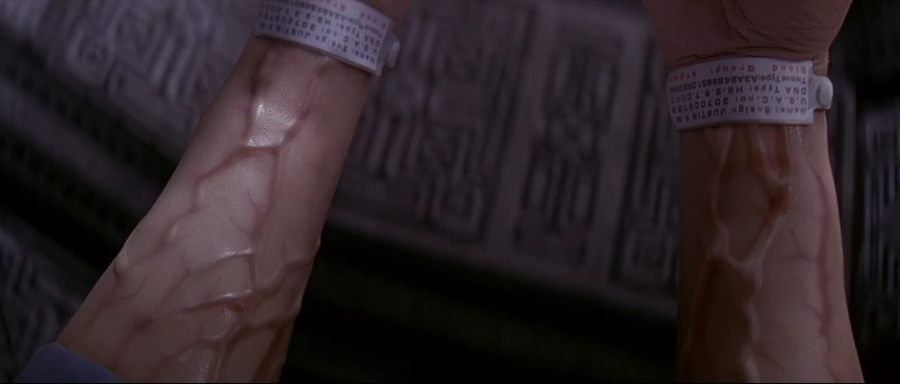
Photo 10. First observable clinical signs and symptoms manifested by Justin with rapid decompression, with vasodilation due to gas expansion and denitrogenation.
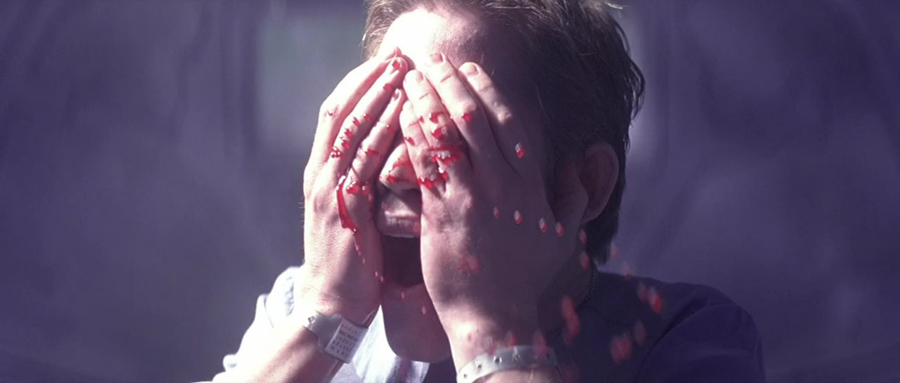
Photo 11. The relationships between the eye and the skin are very close. Along with bleeding from skin wounds, ocular effusions (hyposphagmus) appear in the form of subconjunctival hemorrhage due to the rupture of blood vessels or capillaries in the eye.

Photo 12. Airlock depressurization with the astronaut leaving without protection, in an environment in the absence of pressures, and with direct exposure to radiation and/or extreme freezing.
Conclussion
The film "Event Horizon" is an excellent teaching resource that would help to understand all the different adaptive physiological mechanisms that are put into operation from the moment an astronaut leaves Earth until he reaches space. In addition, it delves into the possible technical advances that would help successfully carry out long-term space missions.











 texto en
texto en 

